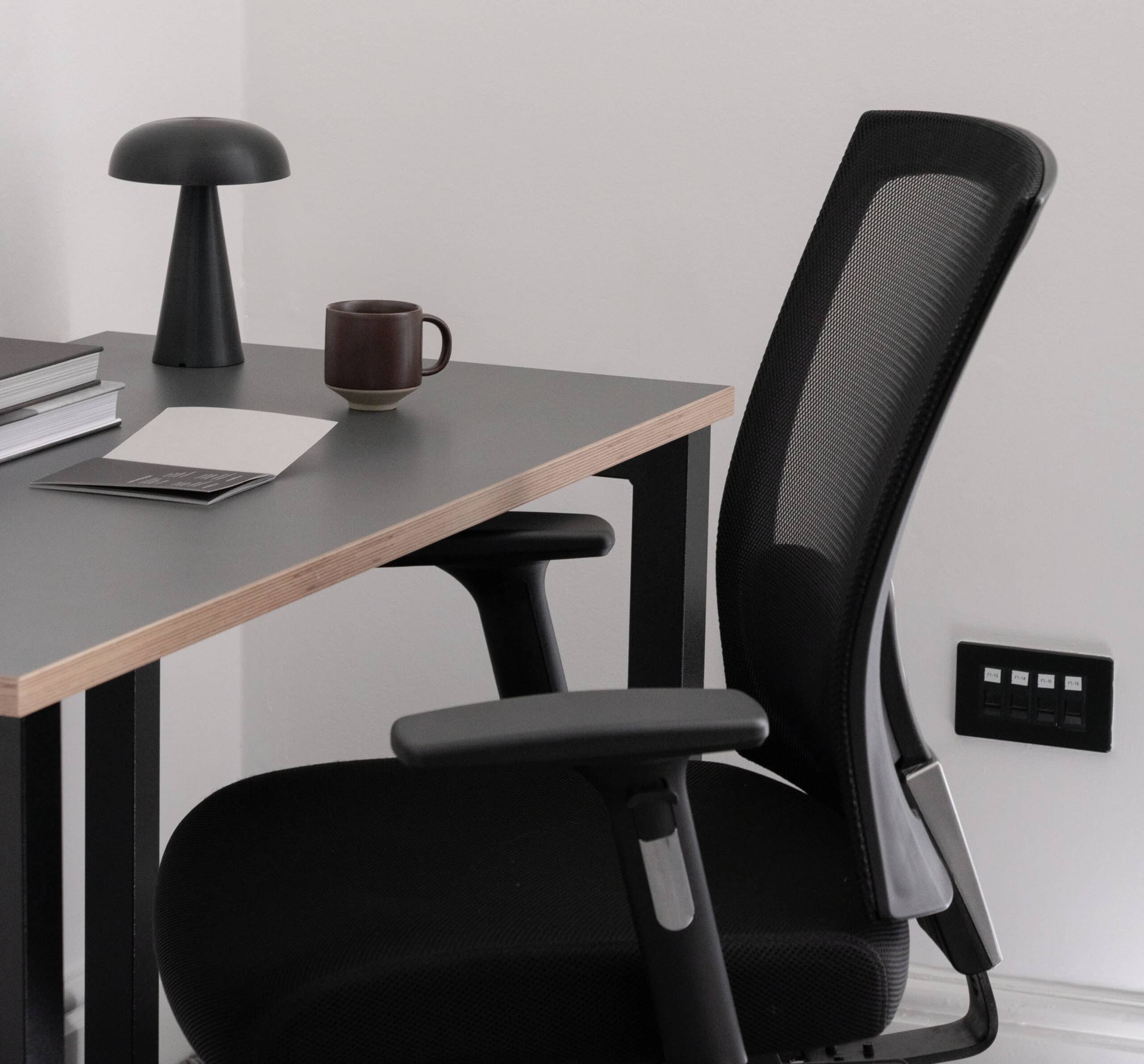

With the recent news announcements of major firms shifting back to traditional full-time office arrangements, there’s no doubt that we’ll see an influx of others following suit, as businesses grapple with post-pandemic home working expectations.
Many employees, who have enjoyed and embraced hybrid working for the last few years, will likely not want to give up their flexibility, so businesses need to approach this transition thoughtfully in order to retain their talent and manage employee wellbeing.
To help businesses navigate this modern workplace challenge, this article shares a range of essential considerations to manage the hybrid transition effectively, and explains why flexible workspaces are your secret weapon for ensuring a smooth and seamless process.
Here are five things to consider when planning your hybrid transition strategy.
If you’re ready to switch your team back to full time or majority office based working, then it’s important to make their surroundings as attractive – and personalised – as possible. Many hybrid workers have enjoyed the freedom to change their environment when they felt it was needed. Whether that’s a move from their home office to the dining room, or joining a call from the garden. It’s also given them more freedom to truly switch off from the distractions of a busy office environment, and focus on the work they need to get done.
Consider how your current office space can accommodate this need for personalisation and focused work. Does the design of your office reflect your company’s culture?
Collaborating with a flexible workspace provider can be key here, providing options such as bespoke designs or adapting existing offices to cater to diverse working styles, enhancing productivity and employee happiness.
Another huge benefit in home working has been the ability for employees to manage things like family commitments more seamlessly, especially for working mothers who often take the brunt of childcare duties such as doctors appointments and school pickups.
If your staff have the ability to work from home productively, then offer flexitime requests. Allowing staff to leave early for example, to then make up the time in the evening, can have a significant positive impact on both their work-life balance and their wellbeing, providing them with some much appreciated autonomy over their schedule.

It seems obvious, but employees who are reluctant to return to the office are often concerned that there will be no dedicated desks in place that they can call their own. And their concerns are largely valid – many businesses have taken on smaller offices in recent years to accommodate hybrid working.
Remember: If you can’t accommodate all your staff, don’t assume they will happily work in a meeting room or a hot desk on busy days, or be crammed around a desk that’s really meant for 2 people rather than 3.
Guaranteeing each employee a comfortable and personalised workspace is crucial for maintaining productivity and morale. Avoid overcrowded or makeshift arrangements that can hinder concentration and workflow, prioritising ergonomic and functional setups for all staff members.
Working from home has given people more opportunities and time to prioritise their health. The morning commute is swapped for a quick run to boost endorphins and to keep fit. Not having to buy lunch every day saves employees not only money, which is crucial in a cost of living crisis, but also makes it easier for them to make healthier eating choices.
If you’re moving back into the office more regularly or permanently, consider what you can do as a business to maintain some of these wellbeing benefits.
Making sure your office is centrally located near to a wide range of amenities, such as gyms, can help your staff in their quest to stay healthy.
After years of zero or limited commuting, the location of your office has never been more important to potential and current employees.
Opt for office spaces situated in vibrant neighbourhoods with convenient transportation and excellent local amenities, so staff feel inspired rather than drained from the morning commute.
WorkPad’s Offices in soho offer exactly this, with beautiful flexible workspaces situated in a bustling and cultural hub of London.

Ultimately, whilst it’s clear many companies are likely to switch back to full time office working in future, there are ways to navigate this to reduce friction with employees. By addressing these considerations outlined, and leveraging flexible workspace providers, businesses can navigate the hybrid working transition smoothly, minimising disruptions and maximising employee happiness.
March 1st, 2024
read more19 Portland Place, London W1B 1PX
WorkPad Building
175 Wardour Street, London W1F 8WU
WorkPad Building
21 Carnaby Street, London W1F 7DA
WorkPad Building
If you want to find out more about a space, get in touch today through the button below.
Get in Touch

| Cookie | Duration | Description |
|---|---|---|
| cookielawinfo-checbox-analytics | 11 months | This cookie is set by GDPR Cookie Consent plugin. The cookie is used to store the user consent for the cookies in the category "Analytics". |
| cookielawinfo-checbox-functional | 11 months | The cookie is set by GDPR cookie consent to record the user consent for the cookies in the category "Functional". |
| cookielawinfo-checbox-others | 11 months | This cookie is set by GDPR Cookie Consent plugin. The cookie is used to store the user consent for the cookies in the category "Other. |
| cookielawinfo-checkbox-necessary | 11 months | This cookie is set by GDPR Cookie Consent plugin. The cookies is used to store the user consent for the cookies in the category "Necessary". |
| cookielawinfo-checkbox-performance | 11 months | This cookie is set by GDPR Cookie Consent plugin. The cookie is used to store the user consent for the cookies in the category "Performance". |
| viewed_cookie_policy | 11 months | The cookie is set by the GDPR Cookie Consent plugin and is used to store whether or not user has consented to the use of cookies. It does not store any personal data. |